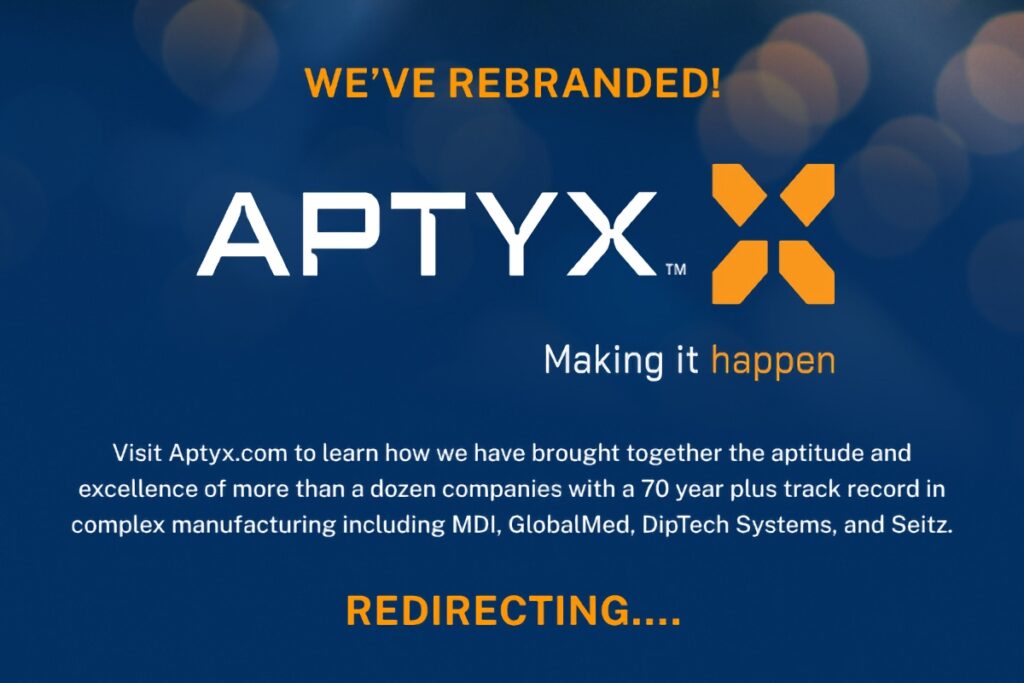What is the Difference between Hot Runner and Cold Runner Injection Molding?
A hot runner system heats the molds and runner channels to keep material in a molten state for the duration of the injection process until it flows into the mold cavity leaving no plastic inside the runners.
In a cold runner system, the runners and the molds are not heated so the plastic fills the runners and mold cavities and cools inside them, leaving the runners and parts connected until they are ejected and separated.
Hot Runner Molds
There are two types of hot runner mold systems—both of which keep plastic in a molten state until it flows into the mold cavity: externally heated molds and internally heated molds. Each system relies on two plates heated through a manifold system using rods, coils or pipes.
When more flow control is required, internally heated molds are the ideal choice. When materials are sensitive to heat, the case with some polymers, externally heated molds typically are the better choice.
Hot runner mold systems are valued for their ability to produce consistent quality within faster cycle times. Although more expensive than cold runner systems in initial cost and ongoing maintenance, they don’t generate waste, thereby offering long-term savings potential. Downsides of hot runner mold systems: Color changes are more difficult, and they rule out the use of some heat-sensitive polymers.
Cold Runner Molds
Cold runner mold systems consist of an unheated channel that is used to convey molten plastic into a mold cavity. The channel of cold runners must be larger, necessitating a greater flow of plastic through each cycle, to avoid underfilling the mold. There are two types of cold runner molds: three-plate and two-plate systems. The primary difference: Two-plate systems are easier to use but require an injection system to remove the part from the mold. Two-plate systems can handle most molds, whereas more complex designs may require a three-plate system.
Cold runner mold systems allow for easy color changes, work well with heat-sensitive polymers, and are less expensive and easier to maintain than hot runners. Disadvantages: They offer slower cycle times and create waste unless excess materials is recyclable. As a result cold runner mold systems can run up higher costs if several iterations are required to arrive at the correct design.
Both methods of injection molding offer unique advantages, and can be utilized for producing a variety of different plastic parts and components. Source comprehensive hot runner and cold runner injection molding services with Molded Devices, Inc.
HAVE A QUESTION?
WE ARE HERE TO HELP!

